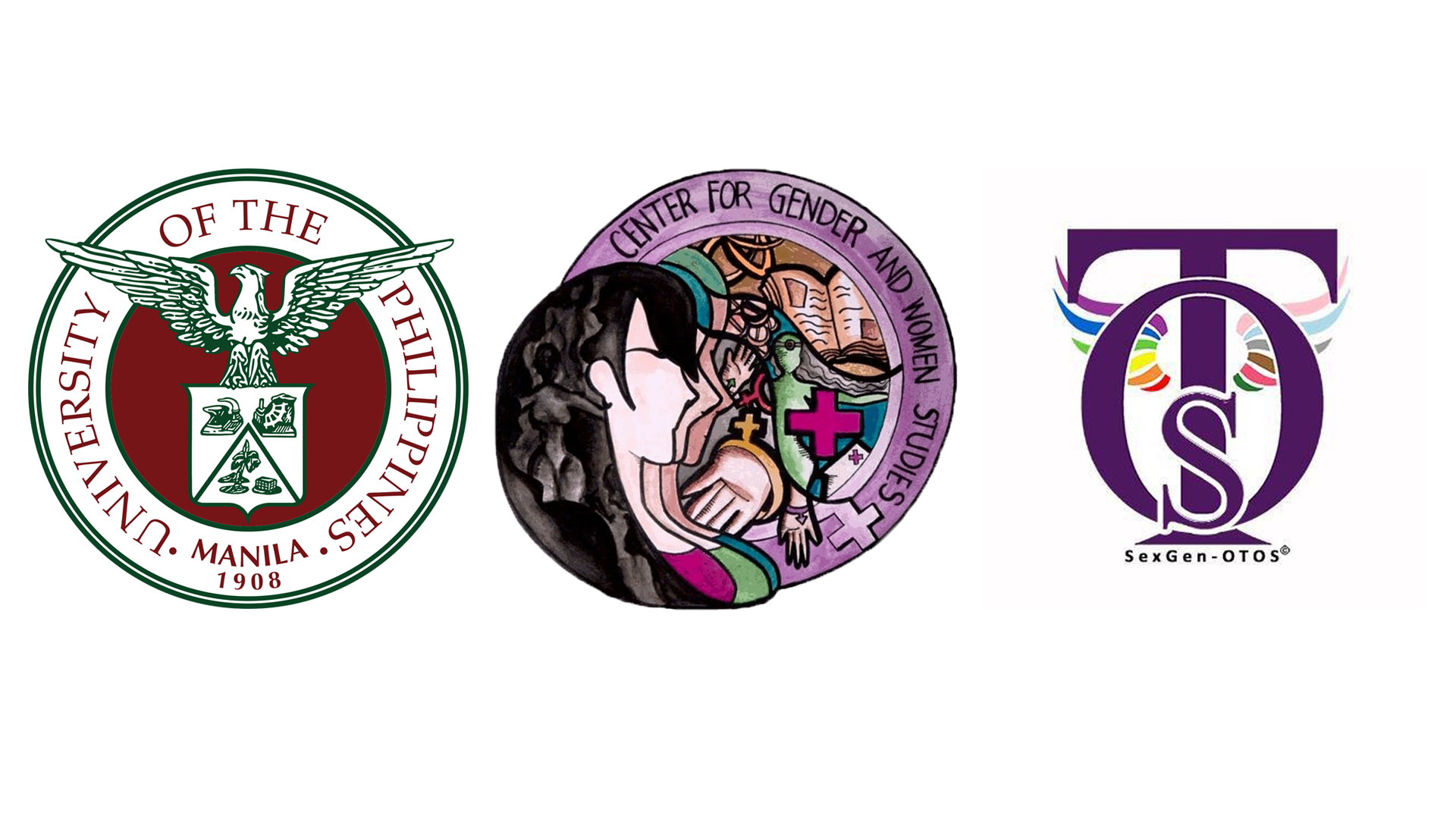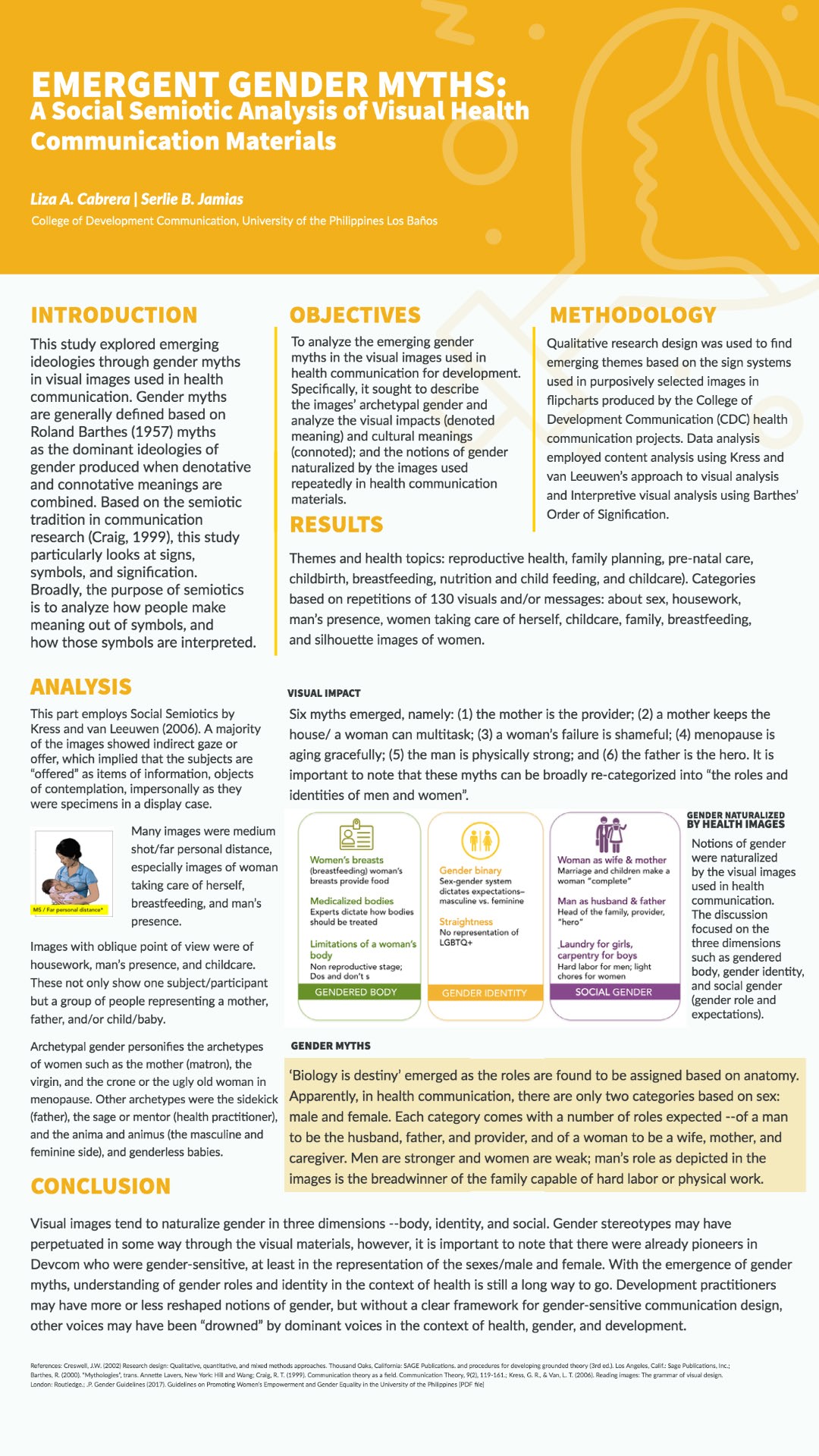Liza A. Cabrera, PhD
Assistant Professor
College of Development Communication
University of the Philippines Los Baños
lacabrera3@up.edu.ph, +63 9171469660
Serlie B. Jamias, PhD
Professor
College of Development Communication
University of the Philippines Los Baños
sbjamias@up.edu.ph

